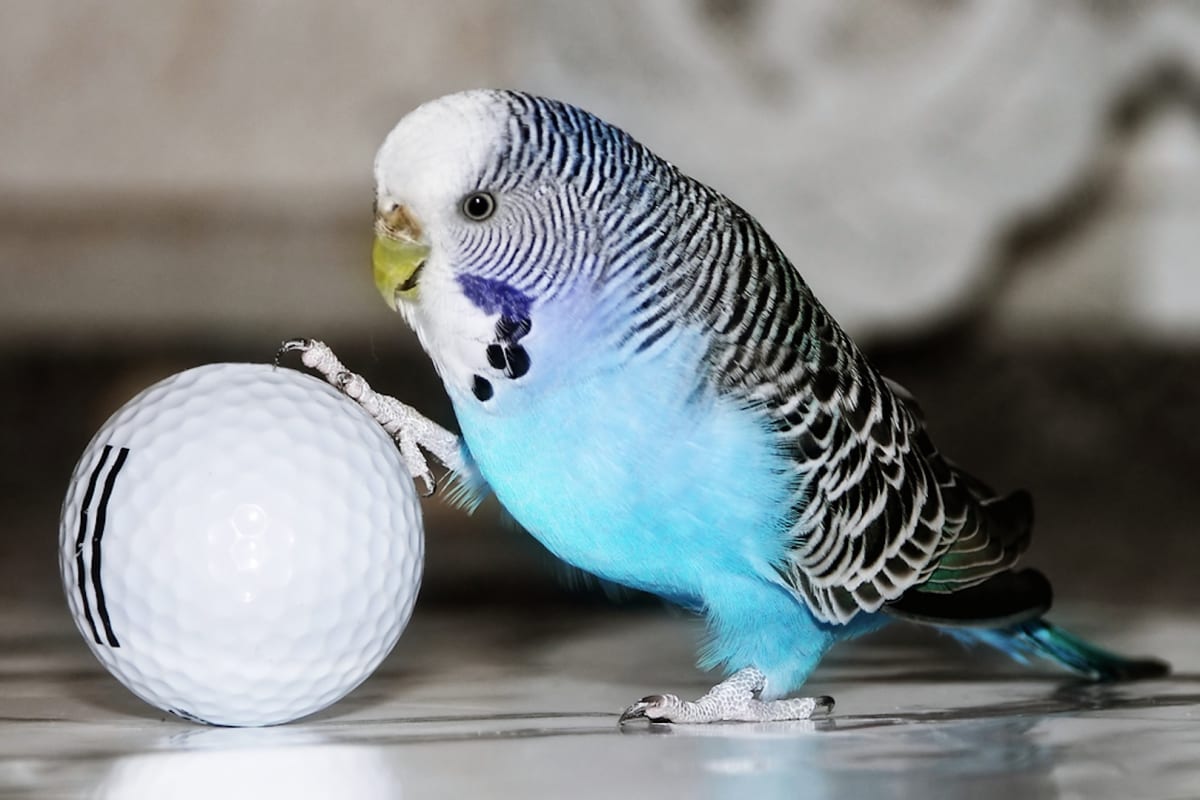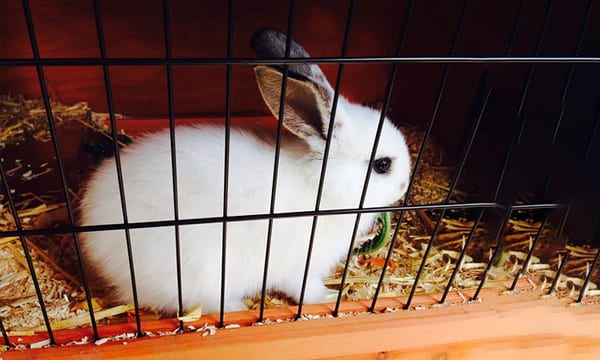Although tarantulas are small and generally easy to care for, some aspects of that care can actually be quite complicated. For instance, deciding what substrate is best for tarantulas can be confusing.
There are many good options and many different brands to choose from. Looking at factors such as type, cost, and customer reviews can help narrow the field.
10. Fluker Labs Repta-Bark All Natural Bedding
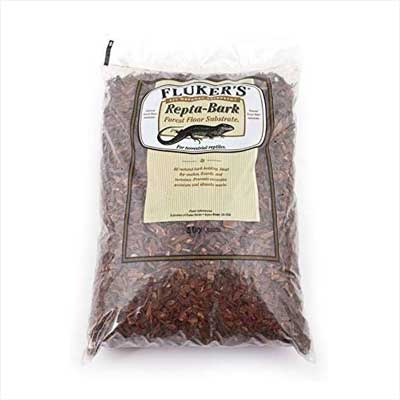
Ideal for: Reptiles and tarantulas
This bark substrate is made of all-natural coconut hulls. Bark is a good choice for the best substrate for tarantulas because it’s gentle on their limbs but gives them places to burrow into. In addition, this particular bark is designed for high-humidity tanks, and since tarantulas should usually be kept at around 50 to 60 percent humidity, this is ideal.
- Designed for high humidity terrariums
- Made of all-natural materials
- Absorbs excess moisture
- May develop mold if it becomes too damp
9. Galapagos Terrarium Sphagnum Moss
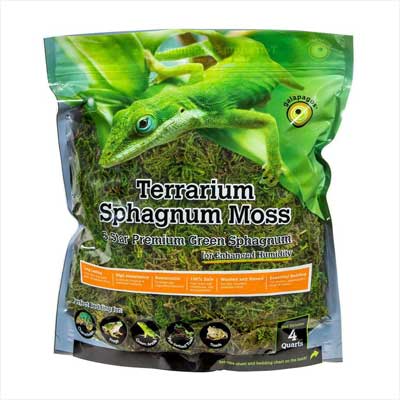
Ideal for: Reptiles, amphibians, and tarantulas
Moss is another ideal substrate for tarantulas, as it’s soft but light and allows tarantulas to dig into it. This sphagnum bedding has been washed thoroughly but isn’t treated with any chemicals or additives. It’s also harvested sustainably so it’s good for the environment.
- Retains moisture to sustain humidity
- Harvested ethically
- Washed and free of chemicals
- Quality may be inconsistent
8. Zoo Med Repti Bark
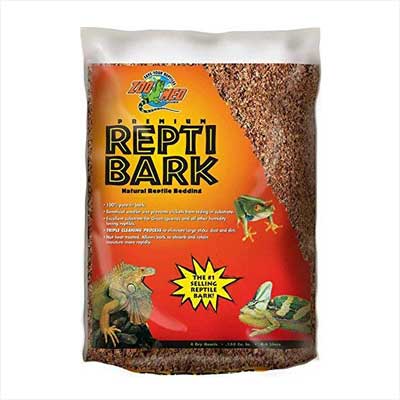
Ideal for: Tarantulas and reptiles
This bark is small pieces of all-natural fir, which offers good coverage of the terrarium while still giving tarantulas space to dig in. This makes is a good choice for the best substrate for tarantulas. The bark itself is triple washed to get rid of any dirt, sticks, or other debris.
- All-natural fir bark
- Triple washed
- Helps to retain moisture
- Customers have sometimes encountered mites or plastic or metal objects in substrate
7. Zoo Med Exo Earth Loose Coconut Fiber Substrate
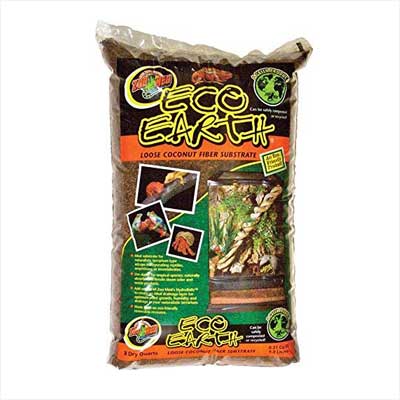
Ideal for: Tarantulas, reptiles, and hermit crabs
This all-natural product is a good choice for the best substrate for tarantulas because it’s made of soft materials so it’s gentle on the tarantula. It’s light and helps to retain moisture. It also makes cleaning easy, as it breaks down waste and absorb odors.
- Soft and light
- Made of all-natural materials
- Breaks down waste
- Some customers found mites in the substrate
6. Zoo Med Forest Floor Bedding
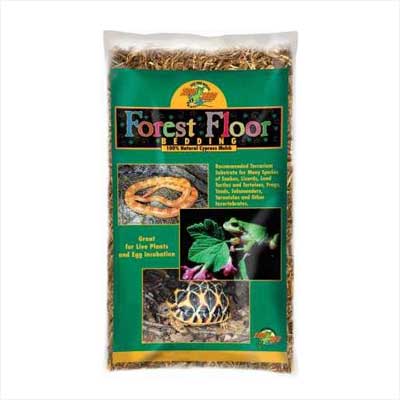
Ideal for: Tarantulas, reptiles, and amphibians
This substrate is made of all-natural cypress mulch. The mulch is designed to retain humidity without becoming too damp, making it perfect for humidity-loving tarantulas. It also allows the tarantula to dig in and burrow.
- Large pieces of cypress mulch
- All-natural
- Retains humidity but can also be dried out
- Some customers found mites in the substrate
5. Zilla Ground English Walnut Shells Desert Blend
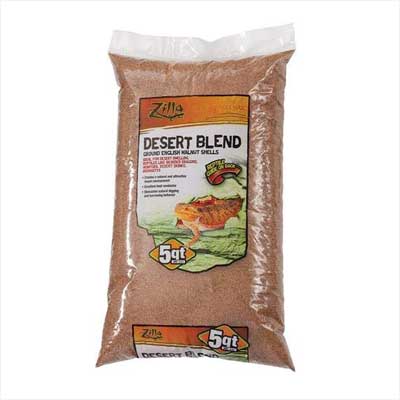
Ideal for: Low-humidity tarantulas
This bedding is perfect for those tarantulas that require less humidity but can also be used with tarantulas that need higher humidity. This flexibility makes it a good pick for the best substrate for tarantulas. It’s also soft and light so tarantulas can burrow in, and it conducts heat well.
- Perfect for low-humidity terrariums
- Stimulates burrowing
- Conducts heat well
- May be dusty
4. ReptiChip Premium Coconut Reptile Substrate
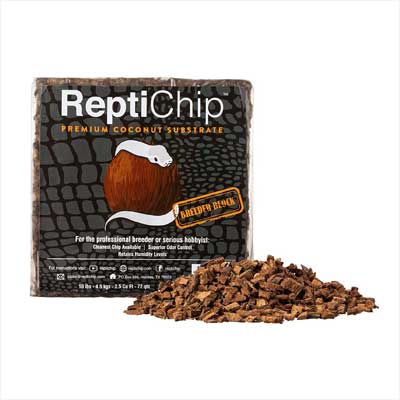
Ideal for: Reptiles and tarantulas
Made of all-natural coconut bark, this substrate is harvested sustainably and is eco-friendly. It also helps to retain moisture without molding. In addition, this bedding is made of medium to large pieces, so dust is kept to a minimum.
- Made of coconut bark
- Retains moisture to ensure humidity level
- Medium and large pieces of bark
- Quality may be inconsistent
3. Fluker’s All Natural Premium Sand Substrate Mixture
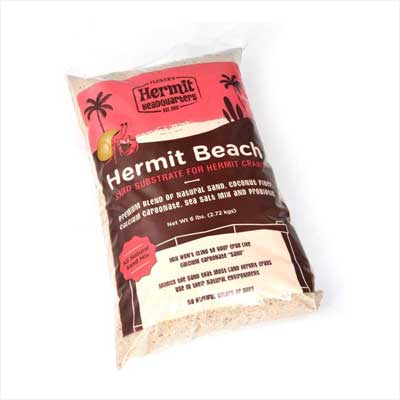
Ideal for: Hermit crabs and tarantulas
Sand is a good choice for the best substrate for tarantulas because it’s soft, light, can retain moisture, and mimics natural habitats. This particular sand has coconut fiber and calcium carbonate added in to ensure comfort and health. It also contains probiotics that help break down waste.
- Made of sand and coconut fiber
- Has added probiotics to control waste
- Cost-friendly
- Not specifically designed for tarantulas
2. Exo Terra Forest Plume Moss
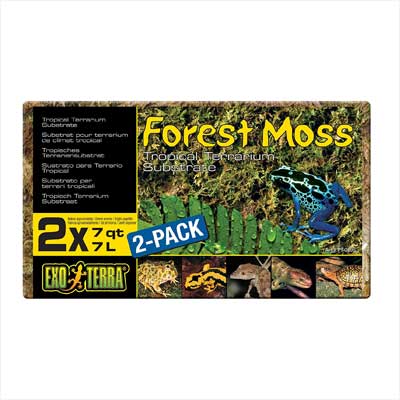
Ideal for: Reptiles, amphibians, and small tarantulas
This moss is all natural and has no chemicals or dyes added to it, making it a perfect choice for a tarantula substrate. It’s light enough for the tarantula to burrow into. In addition, this moss helps to retain moisture and sustain humidity levels without becoming moldy.
- All-natural moss
- Light enough to burrow into
- Retains moisture well
- May have an unpleasant smell
1. Exo Terra Plantation Soil
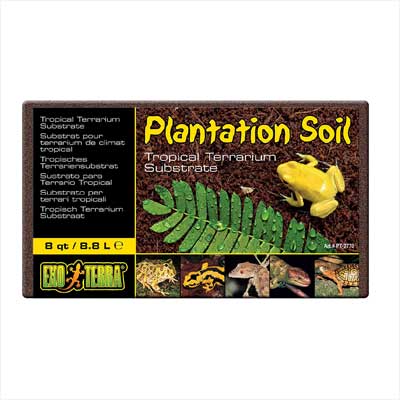
Ideal for: Tarantulas, reptiles, and amphibians
This substrate is made from coconut husk fibers and is light and soft enough to encourage natural burrowing behavior. The substrate is designed to retain moisture and increase humidity levels in the terrarium without becoming moldy or soggy.
- Made of natural coconut fibers
- Encourages burrowing
- Retains moisture to sustain humidity levels
- Quality may be inconsistent
Conclusion
Finding the best substrate for tarantulas may seem like a lot of work, since there are so many choices available. However, once certain things, such as cost, materials, and customer reviews are looked at, choosing a substrate that works well for you and your pet becomes less daunting.
Talking over substrate choices with other tarantula owners can also help. Let people know what’s worked for you in the past or what your favorite substrates are.

The TPR Team invites you to read informative pieces and specialized opinions from experts in all things dogs, cats, birds, fish, hamsters, rabbits, and all things pet, in general.

